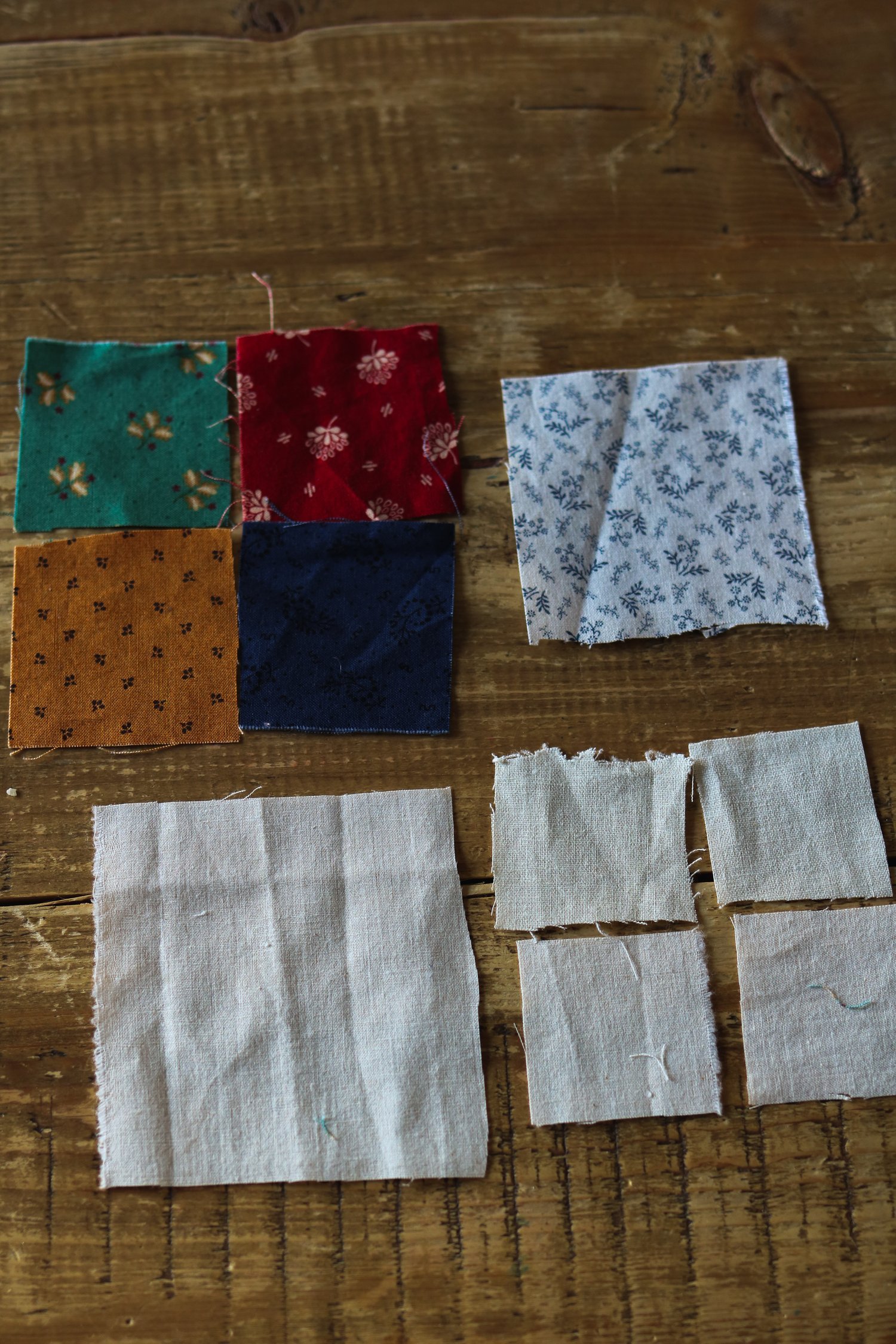Quilted Herbal Sachets
My mom, Jill, and I have been making herbal dream pillows for over seven years now. It feels a bit silly writing that out, but it is the truth. When we first started Under A Tin Roof together, one of the very first collaborative handmade products that we made were dream pillows: little sachets filled with flaxseed and dried herbs to help calm you before sleep. Dream pillows, on their own, are thousands of years old. Putting dried herbs into little fabric bags or sewed sachets has been part of herbal folklore for centuries, thought to bring about peaceful slumber, positive dreams, longer sleeping hours, a better smelling bedroom, or even to perhaps produce visions of a future lover. Different herbs bring about different feelings, and we have always been big fans of using the kinds that help you to both fall asleep and bring about a sense of peace.
How do you dream pillows work, you may be wondering? It is a question we receive often. While we have no way of knowing if these pillows really work, I do know that they help me to feel at ease when my mind is racing before bed, and they are really more for therapeutic aromatherapy more than anything. It is a little sachet to place by your bedside, to inhale as you drift off, or to accompany the drawer where you keep your socks and delicate clothing items, or to place in the crib or bed of your child to help them sleep and feel the calming weight of flaxseed, or to bring along in your purse and squeeze when you feel anxious.
making the quilt block
I thought it might be a fun idea to incorporate our love of quilting and primitive style into an herbal sachet. In this tutorial, I’ll be teaching you how to make a 5”x5” Sawtooth Star quilt block, which you can then turn into a sachet or use for a quilt, too!
step one: cut the pieces
To make a 5-inch Sawtooth Star, you will need 4 different components:
4 star point squares: 2 1/4 inches (these can be the same color or different colors!)
1 flying geese square: 3 3/4 inches (this is the middle part of the star points)
4 corner squares: 1 3/4 inches (these are the outer corners of the block)
1 center square: 3 inches (this is what goes in the center of the star)
step two: make the flying geese
Take the 4 star point squares and draw diagonal lines on the wrong side of the fabric, as pictured below.
Align two of those squares on top of the right side of the large flying geese square, lining up the diagonal lines you drew.
Sew about 1/4 inch on either side of the drawn diagonal line. Cut down the center line and press the pieces open.
You should have two pieces that look like the ones below, pictured with blue and gold fabric.
Place the other two pieces of star point squares on the larger flying geese squares you just cut. See photos below for reference. Sew about 1/4 inch on either side of the diagonal lines, on both pieces, and cut down the drawn line. You will end up with 4 perfect flying geese pieces!
step three: assemble the star
You may need to square up your flying geese. To do so, align the points of each triangle with another and trim off any excess from the edges. The finished flying geese block should measure about 1 3/4”x3 1/4”.
Line up the star points so they match around the outside of the center square. I like to sew the right and left flying geese to the center, then press. Next, I sew the top and bottom flying geese to the corner squares, then press. Then, I attached the top and bottom rows to the center square and press.
You have finished your sawtooth star block!
step four: finishing
Cut out a square to sew as the backing for the sachet. The finished star block should measure about 5 3/4” to 6”. I like to cut the back square about 6”x6”. With right sides of the fabric facing each other, sew around the edges of the sachet, leaving a 2” opening at one end.
Turn the pillow inside out, poking out the corners with a dull pencil. Press.
Fill the pillow with dried herbs of choice, flaxseed, and even a bit of polyfil, if desired. The amount of herbs that you use is up to you. I used about 2-4 tablespoons of dried lavender and rose petals from our flower farm for this particular pillow.
Sew the pillow closed and you are finished!
A simple and sweet craft. There are so many wonderful little home goods that you can make with a quilt block that does not have to just be for a quilt! This pillow could be taken a step further and actually quilted on the front, hand stitched with a pretty pattern. It could be turned into a coaster or a stocking or a pot holder! The ideas are endless, and I love seeing creative ideas for quilt blocks. As you can see, this one is terribly easy to make so your first quilt could be on its way to the machine right now. I love these sachets because I can easily make them out of scraps from other projects. This particular fabric comes from a twin sized quilt I made last year that I had been saving for such a project.
Let me know if you end up making one of these quilted herbal sachets! For more information on the benefits of certain herbs in sachets, read my post here.
xoxo Kayla













